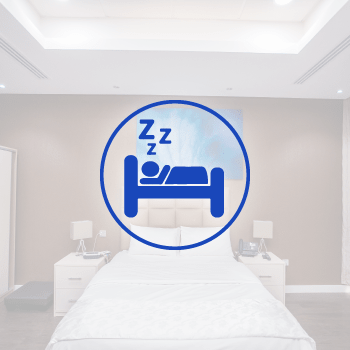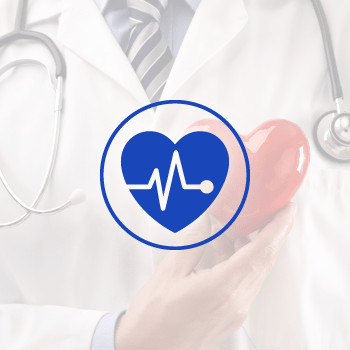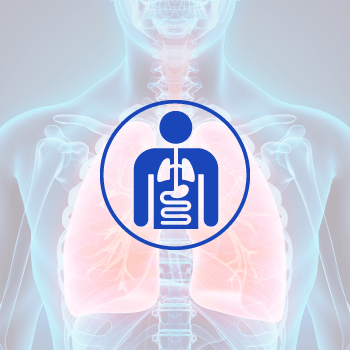OUR SERVICES INCLUDE:
- Jet Lag
- Sleep Apnea
- Snoring Upper Airway Obsruction
- Circadian Disorders
- Hypersomnolence
- Insomnia
- Narcolepsy
Jet lag is a temporary sleep disorder that affects people who travel across time zones on a plane. It occurs when the body’s internal clock, which is set to a particular sleep and wake timing (determined by night and day) does not match the night time and day time of the new time zone. Jet lag is experienced the most when you travel towards the east as you lose time. Jet lag is characterized by disturbed sleep, feeling sleepy, unwell and sluggish, fatigue, constipation, diarrhea, and difficulty concentrating and staying alert.
The treatment options for jet lag are:
- Health and physical fitness: Staying physically fit, eating a well-balanced diet and resting properly may alleviate the symptoms.
- Control underlying conditions: Strictly following the treatment for your underlying medical condition, such as diabetes, heart disease and lung disease, will minimize the impact of jet lag.
- Dehydration: Make sure to drink plenty of water during travel. Avoid alcohol and caffeine as it will worsen the symptoms.
- Adaptation: Changing your routine to local timings and the environment as soon as you land in a new place will speed up your body clock.
- Medication: Your doctor may prescribe medication to readjust the body’s clock and help you cope with the new schedule.
Sleep apnea is a common sleep disorder where patients have abnormal breathing pattern during sleep i.e. they pause during breathing or breathing gets very shallow. Breathing pauses last between 10 to 20 seconds or more. Apnea causes sleep disruption as a result of reduced oxygen level in the blood.
The types of sleep apnea include:
- Central sleep apnea: This type of apnea occurs with interrupted brain signals to the muscles involved in breathing, and there is no effort of the muscles in breathing.
- Obstructive sleep apnea: This is the most common type of sleep apnea and occurs because of obstruction in the airway preventing sufficient flow of air. In this condition the brain signals are not interrupted however the muscular efforts will be unsuccessful.
- Mixed sleep apnea: It is a combination of both central sleep apnea and obstructive sleep apnea.
The common symptoms of sleep apnea include daytime sleepiness, weakness, repeated naps, headaches, irritation, sleeplessness (insomnia), poor memory and concentration, and snoring.
The most common cause of snoring is nasal passage obstruction caused from nasal septum deviation, allergies, sinus infections, swollen turbinates (nasal concha) and enlarged tonsils.
Risk of obstructive sleep apnea increase with age and is more in men, obese individuals, and people with heart diseases.
Obstructive sleep apnea if left untreated may lead to complications such as hypertension, heart failure, heart rhythm disturbances, atherosclerotic heart disease, pulmonary hypertension, insulin resistance and even death.
Snoring is a sound produced by the vibrations of the tissues of the nose and throat on breathing during sleep. Snoring is more common in men than women, and may increase with advancing age.
Normally when we breathe, air flows in and out in a steady flow from nose or mouth to lungs. But during sleep the area at the back of the throat, nose or mouth may get narrowed and when the air passes through this narrow opening the surrounding tissues vibrate producing sounds of snoring.
The most common cause of snoring is nasal passage obstruction caused from nasal septum deviation, allergies, sinus infections, swollen turbinates (nasal concha) and enlarged tonsils. It may also be seen in children who breathe through their mouth.
Certain medications and alcohol increase the relaxation of the muscles of the palate, tongue, neck, and pharynx leading to smaller airway and greater tissue vibration resulting in snoring. Snoring can also be a sign of sleep disorders or other sleep related breathing problems.
Your doctor evaluates snoring by taking a completed medical history and by physical examination. You may be asked about your snoring and sleep pattern and sleep problems. Body mass index (BMI) and neck circumference are estimated. Physician may examine throat, nasal and oral cavities to determine narrow oral and nasal passages. If sleeping problem is suspected then a sleep study can be performed.
Your doctor will decide about the treatment option for your child. Treatment options for snoring include non-surgical and surgical treatment.
Non-surgical treatment:
Behavioural changes: This therapy includes losing weight if overweight, avoiding alcohol or sedative medications, stop smoking, and changing sleeping positions.
Dental devices: Dental devices hold the jaw forward and these devices may be used for mild snoring and in people who have not responded from behavioural changes.
Nasal devices and medications: Adhesive nasal strips are available which can be placed over the nose. These will help in widening the nostrils and makes breathing easy. Nasal steroid sprays may be used to decrease the inflammation in the nasal passages. Decongestants nasal sprays and drops are prescribed to relieve the stuffy nose. These medicines shrink the swollen blood vessels in the lining of the nose and help to improve snoring resulting from nasal congestion.
Nasal continuous positive airway pressure: Nasal continuous positive airway pressure (CPAP) is a device that prevents narrowing of the airway during inspiration and expiration by providing a persistent increased pressure.
Surgical treatment: The goal of the nasal surgery is to improve the narrow nasal passage. Surgery may be needed to correct the anatomic abnormalities. Deviated nasal septum may be surgically corrected with a septoplasty procedure. Polypectomy is done to remove the nasal polyps.
Humans follow a 24-hour biological rhythm called the circadian rhythm, controlled by light and darkness of the surrounding environment. This determines the body’s temperature, hormone production and sleep cycles. Circadian disorders are caused due to the disruption of your circadian rhythm bychanges in time zones, pregnancy, working in shifts, certain medications and changes in routine activities.
The different types of circadian rhythm disorders include:
- Rapid time zone change syndrome (jet lag): lack of alertness and excessive sleepiness during the day due to travel across time zones
- Shift work sleep disorders: caused if you work in night shifts or rotate shifts
- Delayed sleep phase syndrome(DSPS): caused due to irregular sleep timings, where you fall asleep late and get up late in the mornings
- Advanced sleep phase syndrome(ASPD): going to sleep early and waking up earlier than desired
- Non 24-hour sleep-wake disorder: occurs in those who are completely blind as the biological clock works with the light and dark cycle. Sleep time and quality are reduced and you may feel sleepy during the day.
Some of the treatments for circadian disorders are:
- Behavior therapy: maintaining regular sleep cycles and avoiding naps, caffeine and nicotine.Minimizinglight in the evening and night to manage delayed sleep phase syndrome,and increasing light exposure during evening to control advanced sleep phase syndrome
- Bright light therapy: exposure to a high intensity light for about 1 or 2 hours. This time-critical therapy helps to reset the sleep cycle.
- Cronotherapy: progressive advancement or delay of the sleep cycle. Once the sleep cycle is reset, regularity should be maintained.
Hypersomnolence is a condition characterized by excessive sleepiness, which interferes with your daily activities. Patients usually fall asleep during the day at inappropriate times such as during work, while conversing and eating. This condition may also be characterized by symptoms such as difficulty in waking, irritation, hallucinations, loss of appetite, and slow speech and thinking. This condition is mainly caused due to an underlying sleep disorder or neurological condition, sleep deprivation, drug or alcohol abuse, being overweight, head injuries or heredity.
Hypersomnolence can be diagnosed by evaluating your sleeping habits and sleep cycle, i.e. how much sleep you get and how often you wake up during the night. Polysomnography (measures body functions during sleep) and an electroencephalogram (measures the electrical activity of the brain) may also be ordered to confirm the diagnosis. Hypersomnolence can be treated with the help of medications such as stimulants or antidepressants. Some life style changes can also be applied to overcome this condition such as:
- Ensure scheduled sleep timings
- Avoid caffeine, alcohol, and nicotine consumption
- Schedule regular short naps during the day to avoid sleeping during activities
- Avoid sleep deprivation
- Stay fit and eat a balanced diet
Insomnia is a sleep disorder characterized by a difficulty in falling asleep or inconsistent sleep throughout the night resulting in too little or poor-quality sleep and a feeling of exhaustion when you wake up.
Insomnia can be acute or chronic. Acute insomnia lasts from one night to a few weeks while with chronic insomnia, the sleep disturbances occur at least three nights per week, for more than a month.
Acute or short term insomnia does not require any treatment and can be often prevented or cured by practicing proper sleep habits. However, if insomnia affects your functional abilities, your physician may prescribe sleep inducing medication, for a limited period of time.
To treat chronic insomnia, your doctor will first treat any underlying medical health problems that are interfering with your sleep. If insomnia continues, behavioural therapy may be recommended to modify behaviours, which can worsen insomnia, and also learn new behaviours to promote good sleep. Other behavioural techniques such as relaxation therapy sleep restriction therapy and reconditioning may also be helpful in improving your sleep.
Relaxation therapy: This helps reduce or eliminate night-time stress, body tension and anxiety. The goal is to calm the mind so you are able to fall asleep.
Sleep restriction therapy: This is a type of behavioural treatment in which your sleep efficiency is improved by initially limiting your sleep time.
Reconditioning: This approach helps your body to associate bed and bedtime with sleep. The person is usually advised to use bed only for sleep and sex. You are taught to go to bed only when sleepy. During the reconditioning process you should avoid short naps and go to bed at the same time every night. If unable to sleep, leave your bedroom and do something else until you feel sleepy.
Narcolepsy is a rare neurological disorder that affects the brain’s ability to regulate normal sleep-wake cycles. It is a chronic disease most commonly affecting adolescents and young adults. It is characterized by daytime fatigue, sleep attack (falling asleep suddenly), temporary loss of control over the muscles in response to certain emotions (such as anger and laughter), and sleep paralysis, a temporary inability to move or talk when waking or falling asleep.
Narcolepsy is often caused due to a deficiency of orexin, a chemical in the brain that regulates sleep. However the exact cause of narcolepsy is not always clear. Hormonal changes during puberty and menopause, psychological stress, a sudden change in sleep cycles or an infection may trigger narcolepsy. To confirm a diagnosis of narcolepsy, your doctor may ask you to maintain a sleep log. Your levels of orexin may be measured, and tests such as polysomnography (measures body functions during sleep) and multiple sleep latency tests (measures brain activity during the day) may be ordered.
There is no cure for narcolepsy, but it can be well managed with lifestyle changes. Your doctor may advise you to take brief naps scheduled at regular intervals to avoid excessive daytime drowsiness. Practicing a strict bedtime routine may also help you to a large extent. If the symptoms are severe, your doctor may prescribe medication that will help you reduce daytime sleepiness, and improve your night sleep.
TREATMENTS
- Sleep Study
- Continuous Positive Airway Pressure (CPAP)
Polysomnography
What do you expect during sleep study?
Polysomnogram (PSG): an overnight stay that typically lasts for 8-10 hour. It records brain activity, eye movements, heart rate, blood pressure, oxygen levels and body movement. It is a painless procedure used to diagnose many types of Sleep disorder including:
- Sleep related breathing disorders such as Obstructive Sleep Apnea ( OSA ).
- Sleep related movement disorders such as periodic limb movement disorder (PLMD).
- Sleep related disorders caused by excessive daytime sleepiness (EDS).
On the night of your sleep study, you will be assigned to a private bed room in a sleep center facility. The technicians watch and check on you while you sleep from the central monitoring area. They observe sleep activity by looking at the video monitor and the computer screen that displays all the data second by second.
During the polysomnogram
Sticky patches with sensors called electrodes are placed on your scalp, face, chest, limbs, and a finger. It may look unconformtable. While you sleep, these sensors record your brain and muscle activity and eye movements, these signals are recorded digitally.
- EEG (electroencephalogram) to measure and record brain wave activity.
- EMG (electromyogram) to record muscle activity such as face twitches, teeth grinding, and leg movements; it also helps in determining the presence of REM stage sleep.
- EOG (electro-oculogram) to record eye movements are important in determining the different sleep stages, particularly REM stage sleep.
- EKG (electrocardiogram) to record heart rate and rhythm.
- Elastic belts are placed around your chest and belly. They measure chest movements and the strength and duration of inhaled and exhaled breaths.
- A bandage-like oximeter probe on your finger measures the amount of oxygen in your blood.
- Nasal airflow sensor to record airflow.
- Snore microphone to record snoring activity.
- Wires attached to the sensors transmit the data to a computer in the next room. The wires are very thin and flexible. They re bundled together so they don’t restrict movement disrupt your sleep, or cause other discomfort.
The recommended treatment for Obstructive Sleep Apnea is called Continuous Positive airway Pressure (CPAP), It prevents the upper airway from collapsing during sleep by providing a flow of air through the nose/ face using a mask.
Type of positive Airway Pressure (PAP)
- CPAP (Continuous Positive Airway Pressure): Air is pumped with constant fixed pressure during inhalation and exhalation process.
- APAP (Automatic Positive airway Pressure): Air is pumped with pressure that adjusts automatically to meet pressure change during sleep from side to back or when in dream (REM) stage.
Once prescribed by your Sleep Medicine Physician, CPAP must be used every time during sleep, even during naps.
Improving daytime sleepiness and quality of sleep may be noticed after regular CPAP use.
The PAP machine comes with a humidifier (water Chamber), six foot hose, power cord, filter, manual and carrying case designed specifically for it. The mask is purchased separately.
Mask
Using the right mask is essential to the success of treatment. The mask should be comfortable and fits properly.
Nasal Pillows: consist of plastic inserts that look like head phone ear buds that slip directly in to the nostrils
- Is excellent for people with Claustrophobia
- It will not obstruct the vision It has little direct contact with face.
- It will not leave marks on the face.
Nasal Mask: triangular in shape with a silicon cushion that sits over the entire nose.
- It has little direct contact with face
- It is easy to keep a good seal
- It can be used for high pressure setting
Full Face Mask: covers both the nose and the mouth
- It is comfortable for mouth breather
- It is less stressful for the nasal passage
- can be used for high pressure setting especially for Bi-level PAP
Humidifier: The movement of CPAP air through the nasal passages can dry out the airway. As a comfort measure, it is possible to add humidity to the air that is delivered through an attached humidifier.
A heated humidifier uses heat to warm the water to add moisture to the airway. The heat is adjustable for more or less moisture.
It is common for CPAP user to report that their therapy is greatly enhanced by the use of a heated humidifier.
CPAP Device Home Use:
- Connect the power cord to your CPAP machine then plug into electrical outlet.
- Fill the humidifier water chamber with right amount of distilled water (based on the recommended water level marking)
- Connect the connecting tube to the device.
- Connect the other end of the tube to the mask.
- Switch power ON (Refer to Device manual)
- You can adjust the level of your humidifier: increase if you feel that the air is still dry or if you have nasal congestion.
- You can start using the machine even while reading or watching TV and getting yourself ready for sleep.
- In the morning turn the machine OFF then remove the mask from one side of the strap.
Cleaning Instructions:
- Mask – the cushion / silicon should be clean every day with water and soap. Dishwashing soap may also be used to remove the oil. Allow to dry.
- Headgear / Strap – usually made from neoprene, a stretchy material that helps accommodate the shape of the head to ensure an optimal seal.
- Should be clean weekly with water and soap.
- Allow to dry.
- Connecting Tube / Hose – usually made of flexible plastic, allowing some degree of movement.
- Should be clean weekly with water and soap.
- Allow to dry.
- Water Chamber – the water should be disposed every day after each use.
- The water chamber should be clean weekly with water and soap. Allow to dry.
- Filter- ensures the purity of the air you breathe.
- Check for accumulation of dust from time to time.
- The sponge filter can be washed with soap and water.
- The white paper filter is disposable.

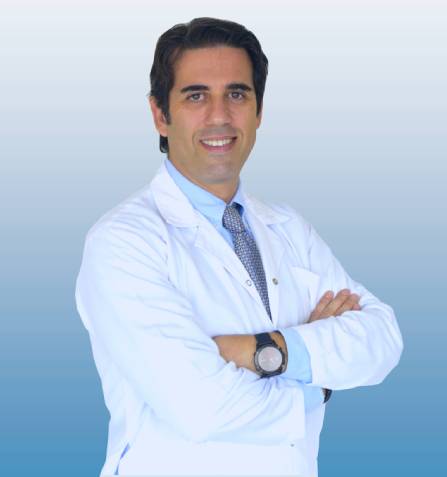
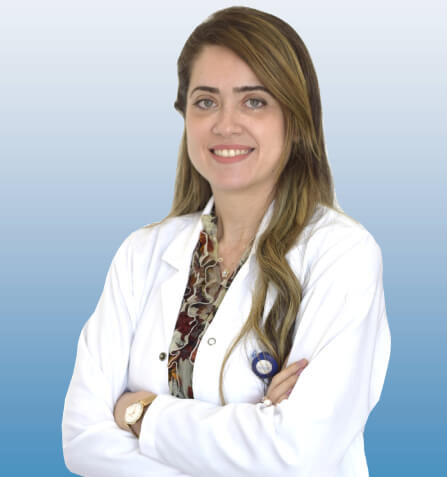
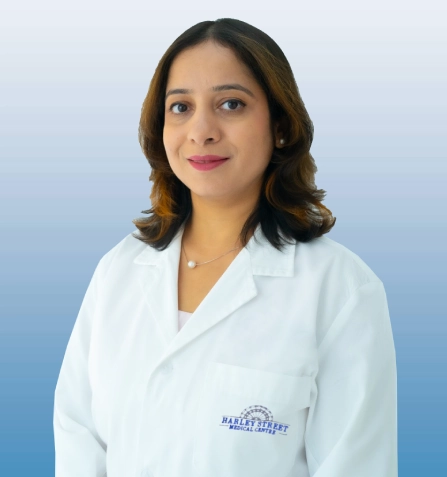
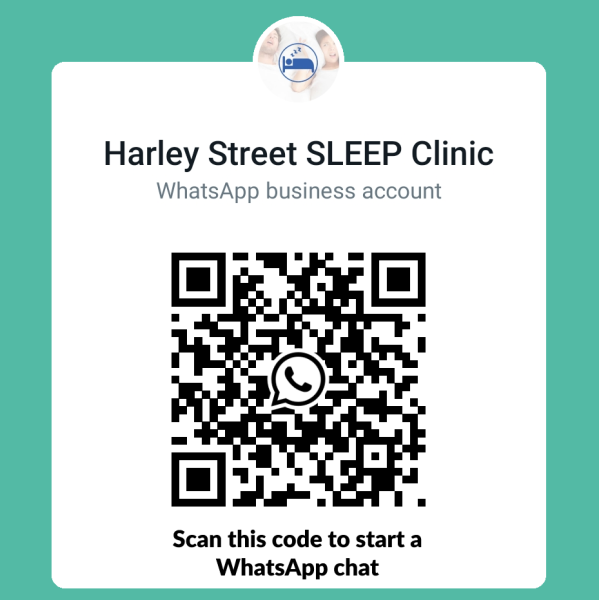
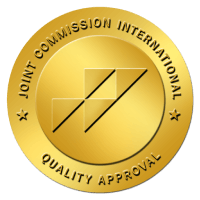
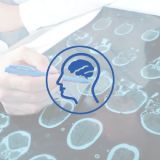
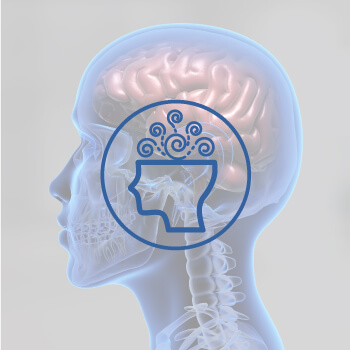
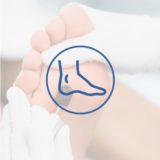
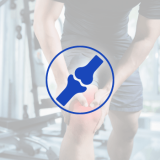
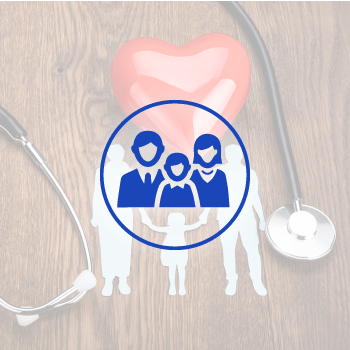
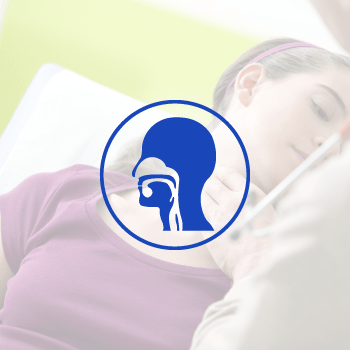
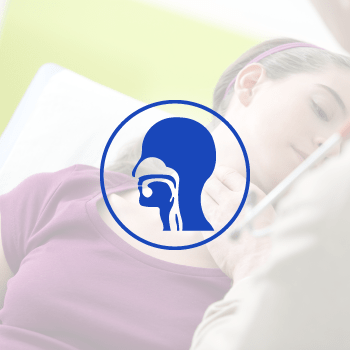
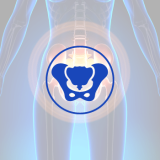
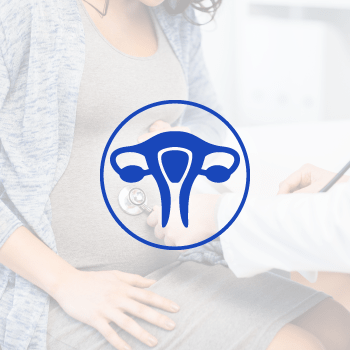
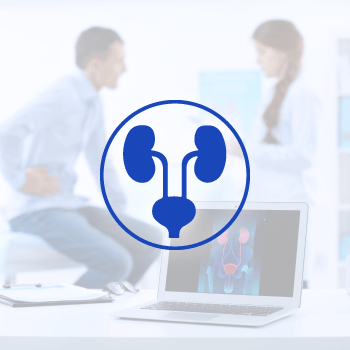
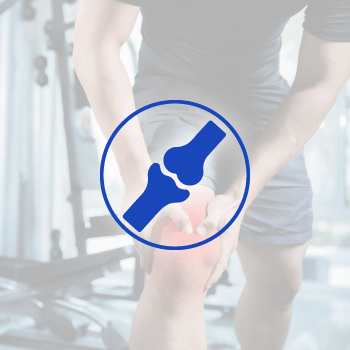 أنقر هنا
أنقر هنا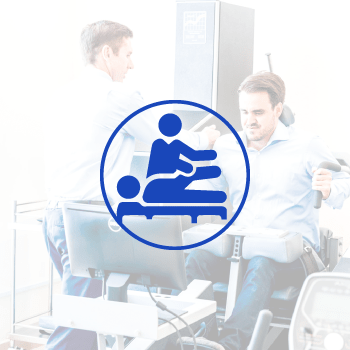 أنقر هنا
أنقر هنا